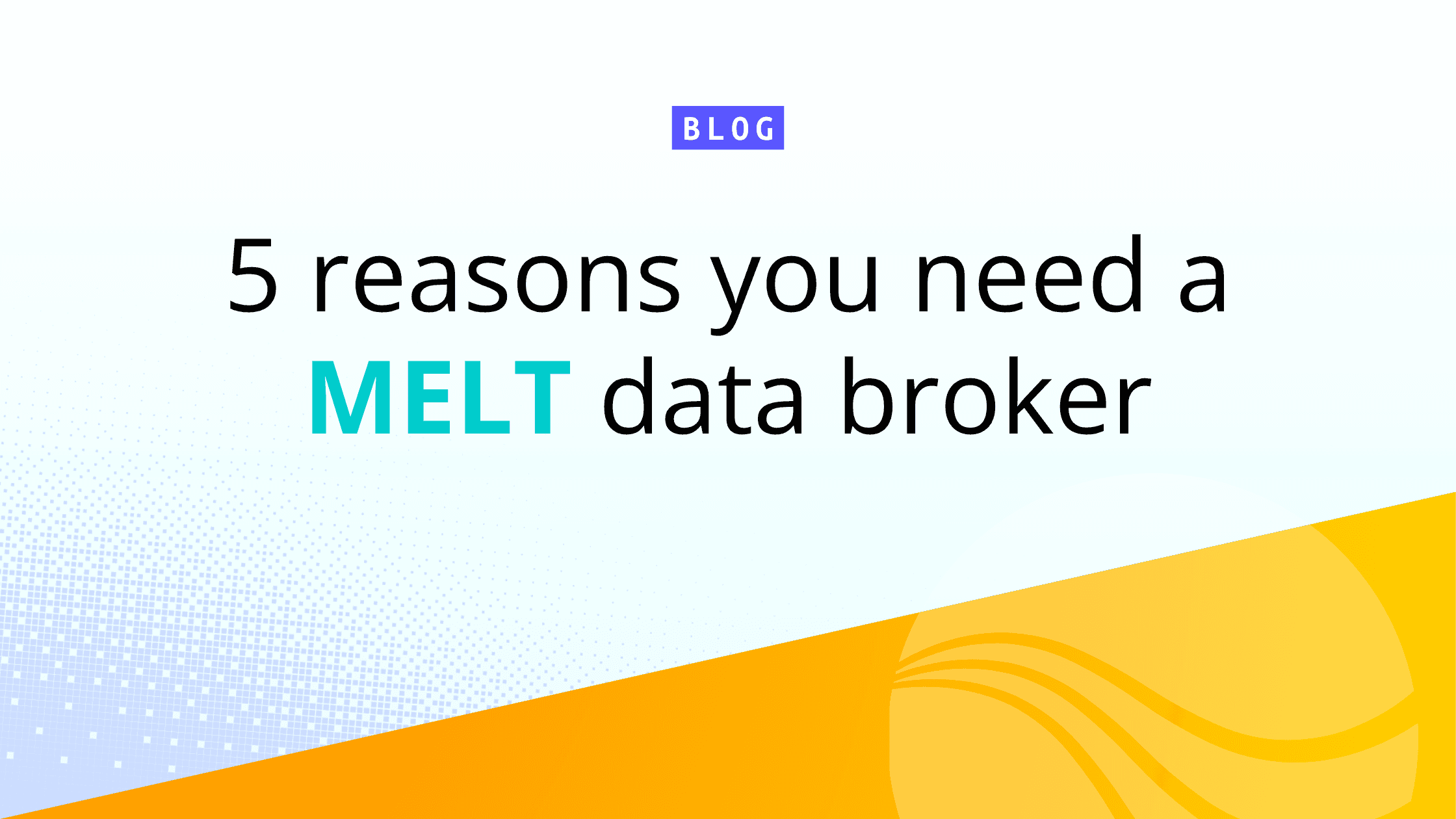Do you want to confidently move workloads to the cloud without dropping or losing data? Of course, everyone does. But easier said than done. Cloud migration is tricky. There’s so much to think through and so much to worry about — how can you reconfigure architectures and data flows to ensure parity and visibility? How do you know the data in transit is safe and secure? How can you get your job done without getting in trouble with procurement?
Moving all the things — databases, applications, services, workloads, and IT processes — to the cloud is a huge undertaking. So why even bother? Well, with big cloud moves come big benefits: optimized performance, reduced management overhead, and cost savings on data centers. Cloud drives the scalability, flexibility, agility, and reliability businesses need to succeed in the future.
By incorporating observability into your cloud migration strategy, you can get end-to-end visibility across all layers — infrastructure, applications, and services — helping improve deployments and keep costs under control. An observability pipeline that collects, reduces, enriches, normalizes, and routes data to any destination can help you not only achieve full control of your data but can also accelerate cloud migration initiatives.
Use Cases
Here are just a few use cases in which an observability pipeline can help with cloud migration:
Routing – Route data to multiple destinations in any cloud, hybrid or on-prem environment, for analysis and/or storage. This gives teams a level of comfort that they can ensure parity between on-prem and cloud deployments and reduce egress charges across zones and clouds–with the added bonus of accelerated data onboarding, with normalization and enrichment in the stream.
Normalization – Prepare the data for expected destination schema ie. Splunk Common Information Model (CIM) or Elastic Common Schema (ECS) to reduce the overhead on preparing and tagging the data after ingestion or in each destination.
Optimization – Send only the relevant data to your cloud tools to free license headroom and a reduction in required infrastructure. Cribl customers report 30%+ reductions on both counts. As an added benefit, with only relevant data going into your destinations, you’ll enhance performance across searches, dashboard loading, and more.
Why Cribl for Cloud Migration?
Cribl offers tools to help simplify your own toolset while allowing you to validate your data migration every step of the way. Most observability tools work by having agents on hosts stream log, metric, and trace data directly to destination tools. Migration often includes switching these data streams from their on-prem to cloud solutions, and fingers crossed that everything works smoothly.
But the reality is, differences in cloud solutions, tool misconfiguration, and missing historical events can lead to data loss. This causes inaccurate reporting, and missed security events, and can possibly require a dreaded deployment rollback.
Cribl Stream solves these issues by acting as a first-stop data router. Once your data is flowing into Stream, you can route data to multiple destinations without incurring any extra costs. This means you can have the same data streaming to both your on-prem and your cloud tools simultaneously — giving you the ability to make sure the resulting data is exactly what you expect.
You can even validate your data at multiple points in the Cribl Stream pipeline, well before it’s sent to your destinations. Once you’ve confirmed everything looks good, you can then turn off the unneeded route and shut down your on-premises deployment.
As an additional protection, your data can also be routed to low-cost data storage such as Amazon S3. When you need to pull data from storage, Stream’s replay functionality can be used to resend data back through your pipelines and into the necessary tools.
In most observability and security tools, additional knowledge around data is stored in the tools themselves. This can include information such as normalized fields, additional IP information, or masks for sensitive data. During migration, all this knowledge will need to be recreated or copied into the new environment. Cribl Stream can help reduce, optimize, and enrich data at a pipeline level. So you create the required knowledge objects once in Stream, and that data will be sent to all your destinations. Saving your team hours of implementation time.
Data routing in Cribl Stream is extremely powerful. Not only does it allow you to migrate from on-prem to cloud services, but it also gives you the ability to evaluate different solutions and share data across multiple tools. By routing data from existing sources to multiple destinations, you can ensure data parity in your new cloud destinations, before turning off your on-premises (or legacy) analytics, monitoring, storage, or database products and tooling. Cribl can reduce costs significantly by putting Cribl Stream worker nodes inside of your cloud — be it AWS, Microsoft Azure, or GCP — to reduce latency, and effectively compress and move the data to manage and reduce egress charges.
If you’ve been contemplating implementing an observability pipeline into your cloud migration strategy, check out Cribl Sandboxes.
Get 1TB/day for Free With Cribl.Cloud!
Cribl.Cloud is the fastest and easiest way to start using Cribl products in the cloud. Get started with a free Cribl.Cloud account and use up to 1TB/day at no cost. Nothing to install, no infrastructure to manage, no license required, no payment collected. You can also access Cribl.Cloud through the AWS Marketplace!







